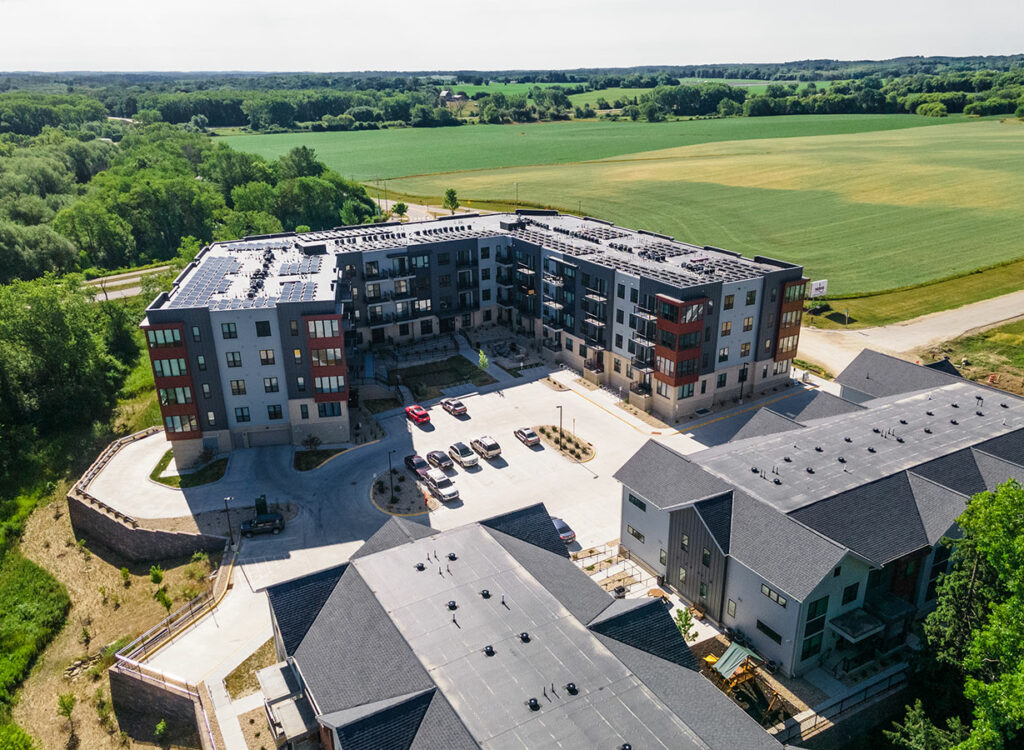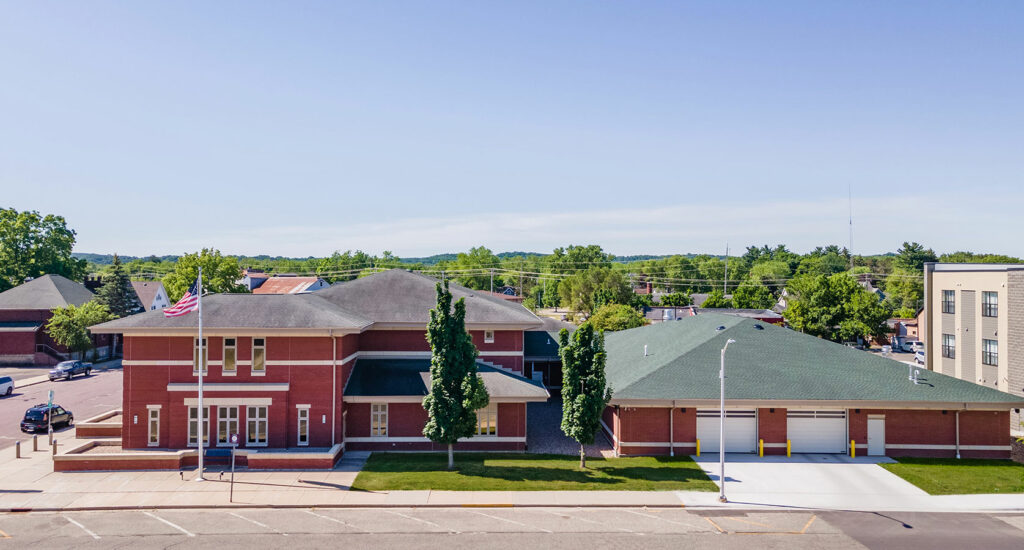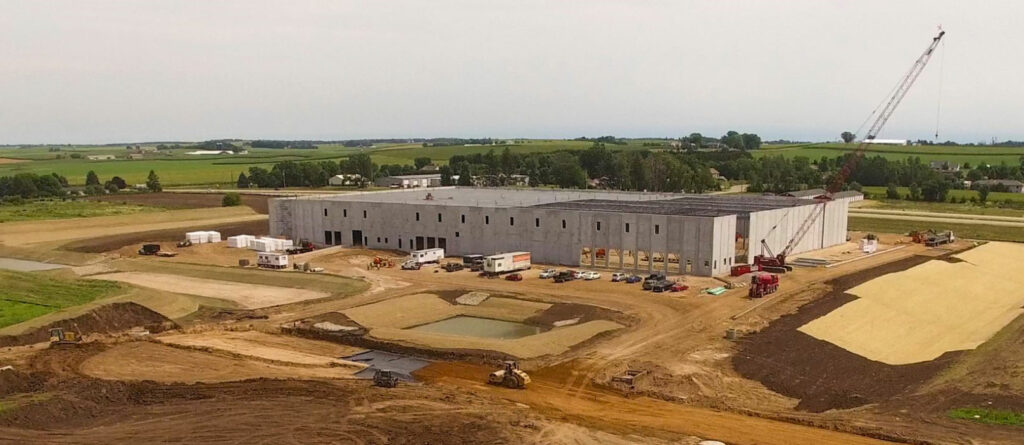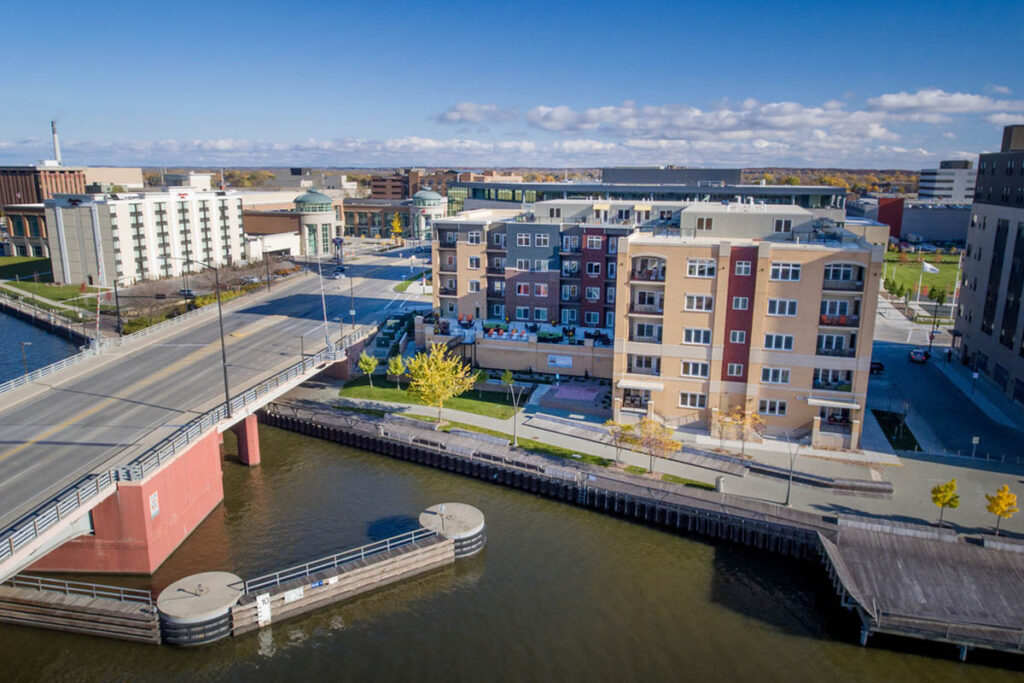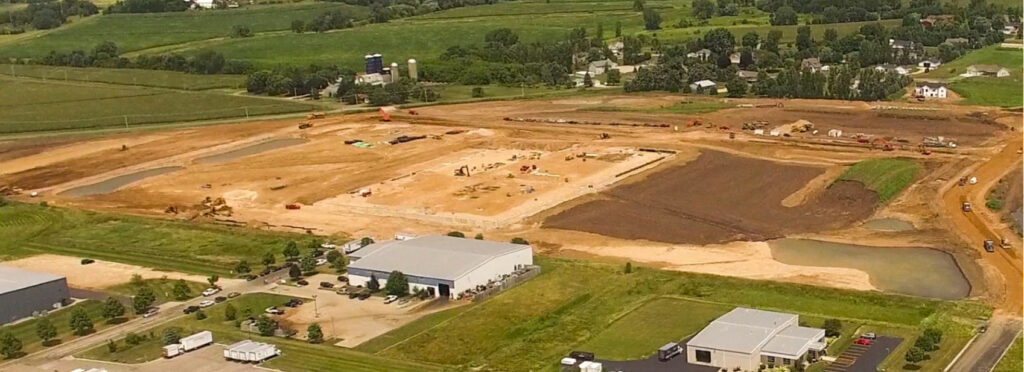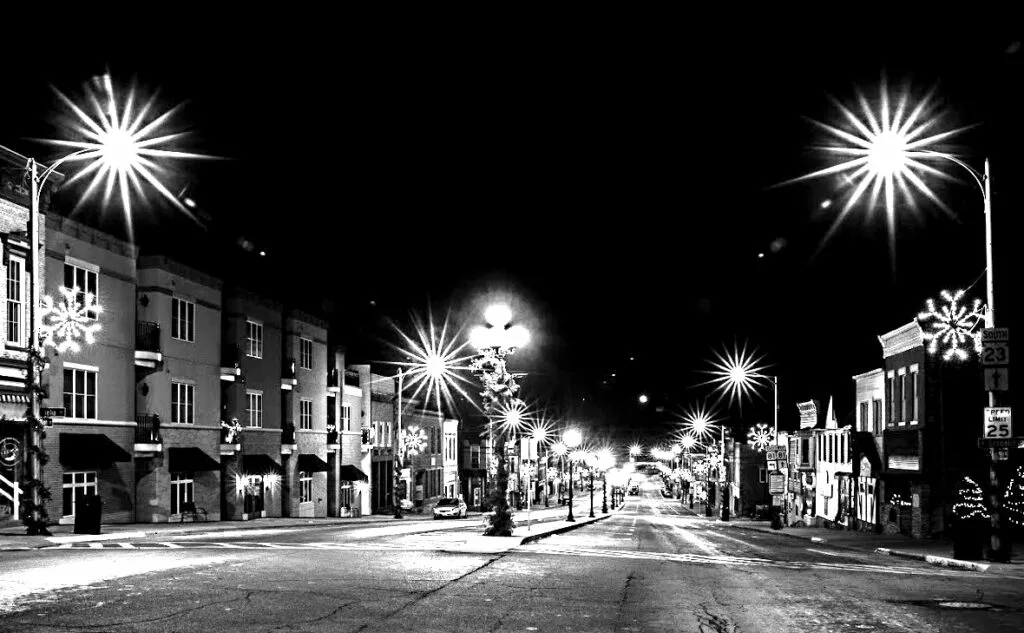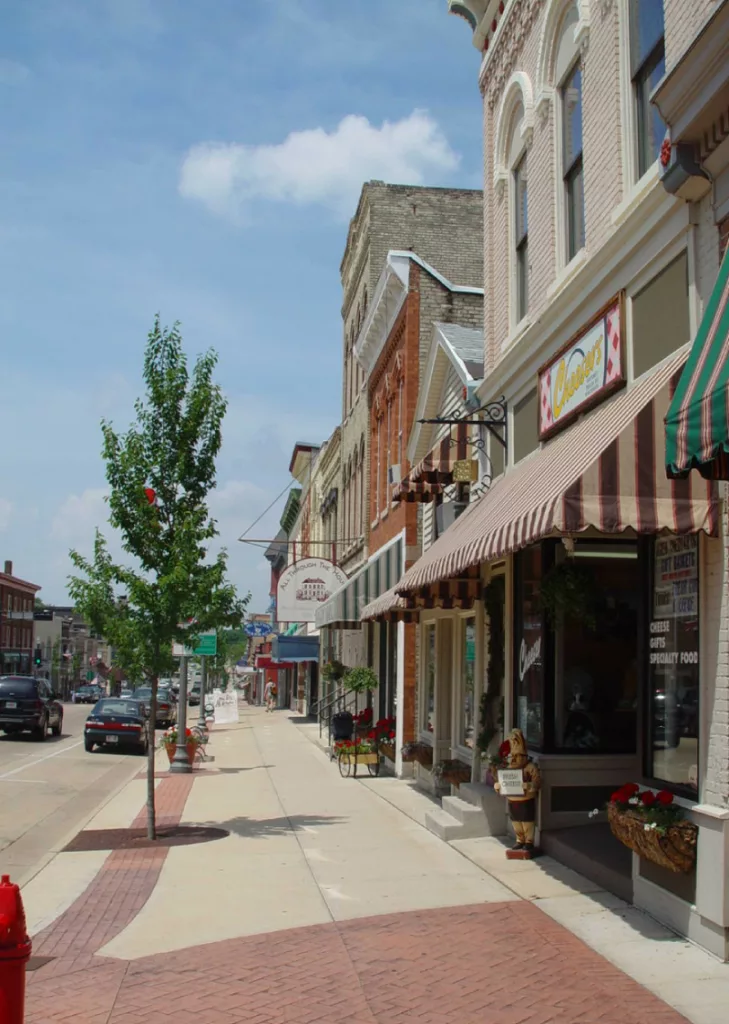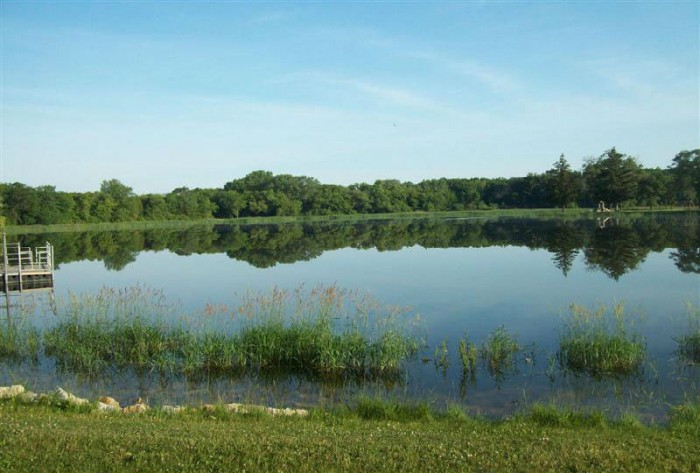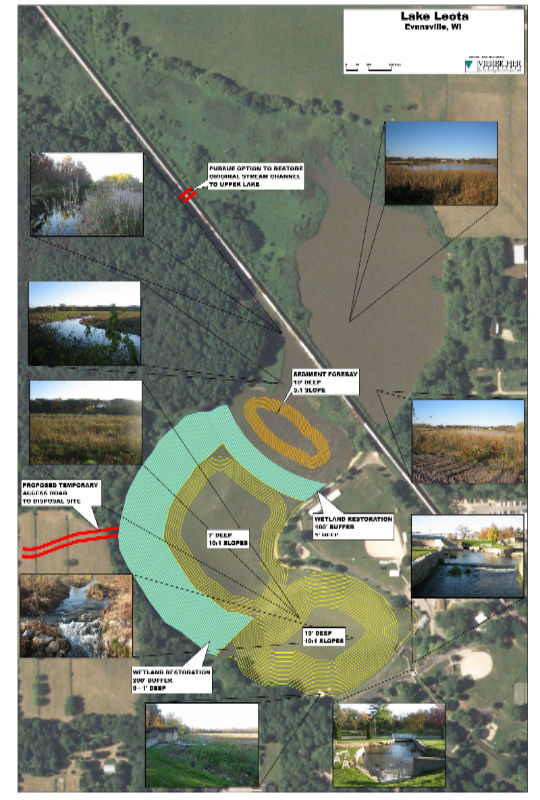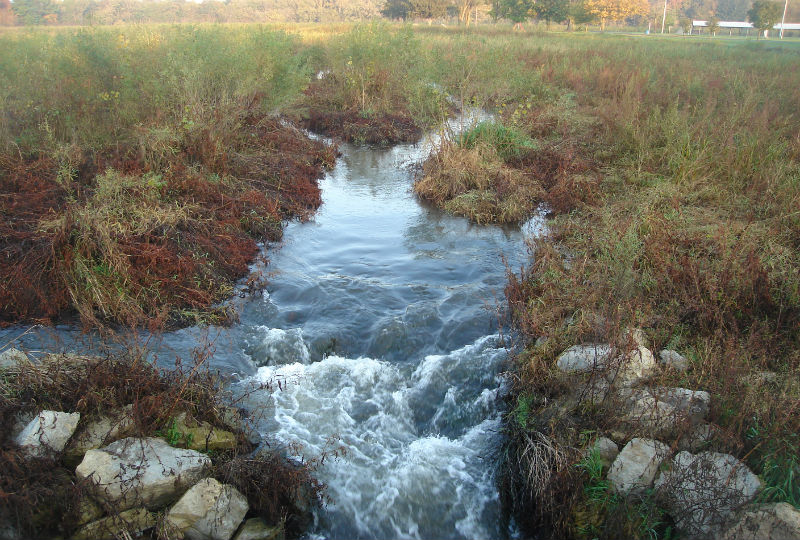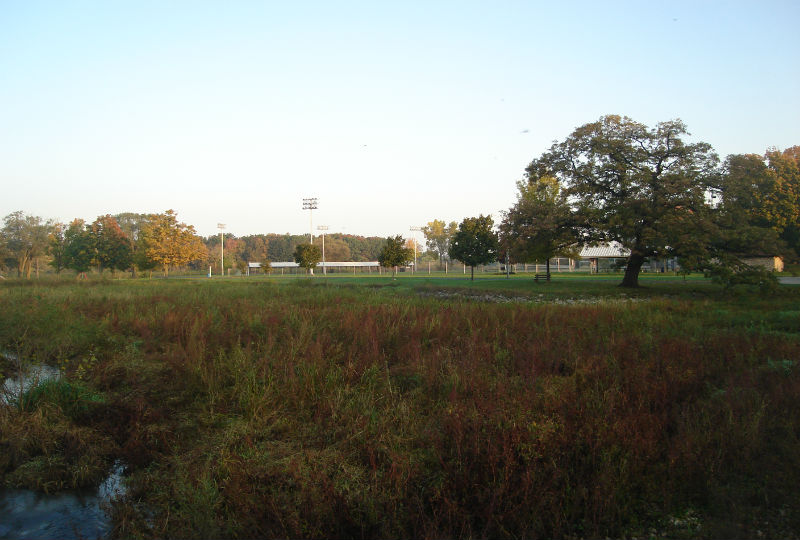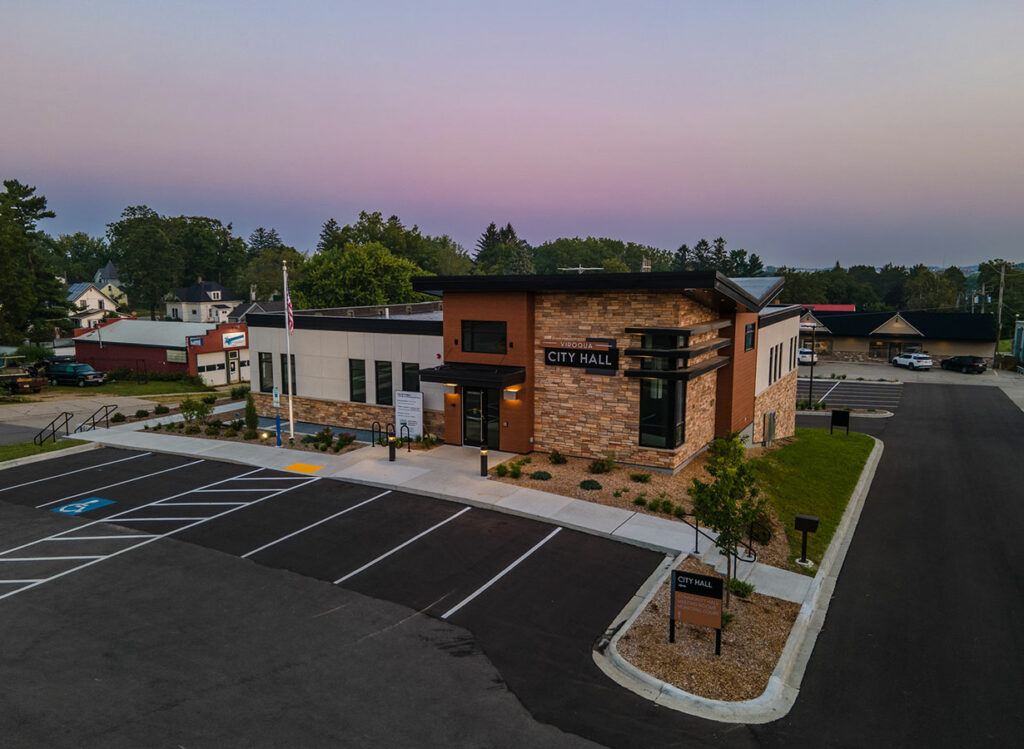
The City of Evansville hired Vierbicher to restore Lake Leota. The lake has been drained since 2006 and the City and local residents want to enhance lake-based recreational opportunities.
Vierbicher prepared a preliminary lake restoration plan and presented it to the City during the consultant selection process. This preliminary plan was also later presented to the Save Our Lake Environment (SOLE) members at one of their meetings. In addition, this lake restoration plan was presented to local land owners to discuss opportunities for land disposal of the removed lake bed material.
The plan was also presented to staff from the Wisconsin Department of Natural Resources (WDNR) and the US Army Corps of Engineers to evaluate their primary concerns and to determine what information the plan would need to provide so that they could permit the proposed lake restoration.
The plan preparation and review resulted in a final restoration plan that depicts a lake with a 15-foot deep fishing area and an 8-foot deep recreational area. Both of these new enhanced areas are surrounded on three sides by wide shallow naturally vegetated shoreline wetlands and further protected from sedimentation by a new upstream 10-foot deep forebay. Gently sloping side walls provided around these deep lake areas will also help protect the shoreline from erosion. Removal of about 200,000 cubic yards of material from the lake bed is required by this plan. Dredging began in late 2008 and was completed in February of 2009.

